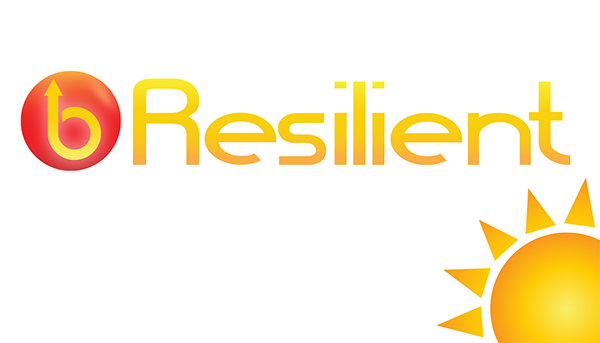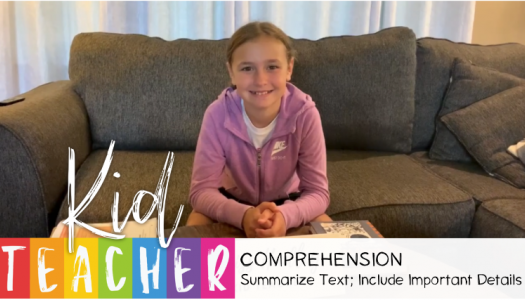
Brittany Daniels
I heard Beyoncé (yes, Beyoncé) recently say, “To live without reflection for so long might make you wonder if you even truly exist.” In true educator fashion, I immediately thought about students. Do our kids see their reflections? This is where it’s vital that we focus on our Circle of Control, rather than our Circle of Concern. Although what our kids see definitely matters, we can control only how we see them and how we can create opportunities for them to really see themselves.
We are living in a time when racial disparities are being highlighted and broadcast all over the world. And we cannot not see it. We cannot not recognize it. Because to ignore it is to not see people. And we all want to be seen.
Being seen is such an abstract thing, and it seems so big. It starts far beyond the walls of our classrooms, and long before our students’ young lives even began. It is important—no, crucial—that we see our kids. And, more importantly, make sure kids know we see them. That’s the part that’s manageable.
And now, as we prepare to get our kids back in school (in one way or another), it’s important that we think about representation.
Do students see themselves in our classroom libraries? You can do the research . . . A million articles and tons of studies show the emotional and academic benefits of having diverse literature for kids to access. It’s important that we remember that representation is about more than skin color. Representation is about shared experiences. Students of color want to see themselves doing the things that they would do, as opposed to reading only about the trailblazers, however important to their reflections they may be. It cannot stop there.
Do all of our kids see themselves in our teaching? That’s where Daily Five and CAFE come in, because the structures allow for kids to grow in their own process, making choices that are best for them. Talk about validation and being seen!
As you close out this summer and prepare to move into the front of your classroom or in front of your computer screen at home, think about what you are reflecting in the learning experiences you design for your students. What are you reflecting?
News From The Daily CAFE
2024-2025 Calendars
Summarize Text; Include Important Details: Kid Teacher








